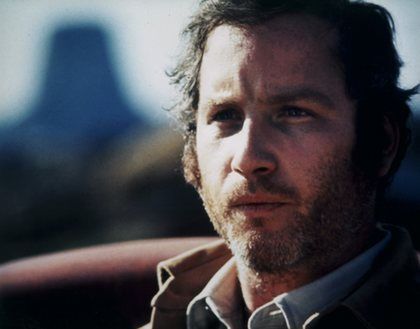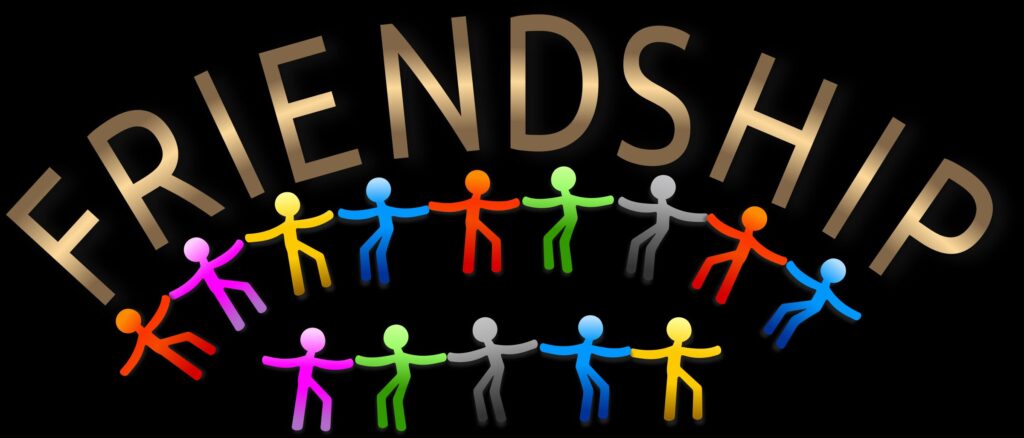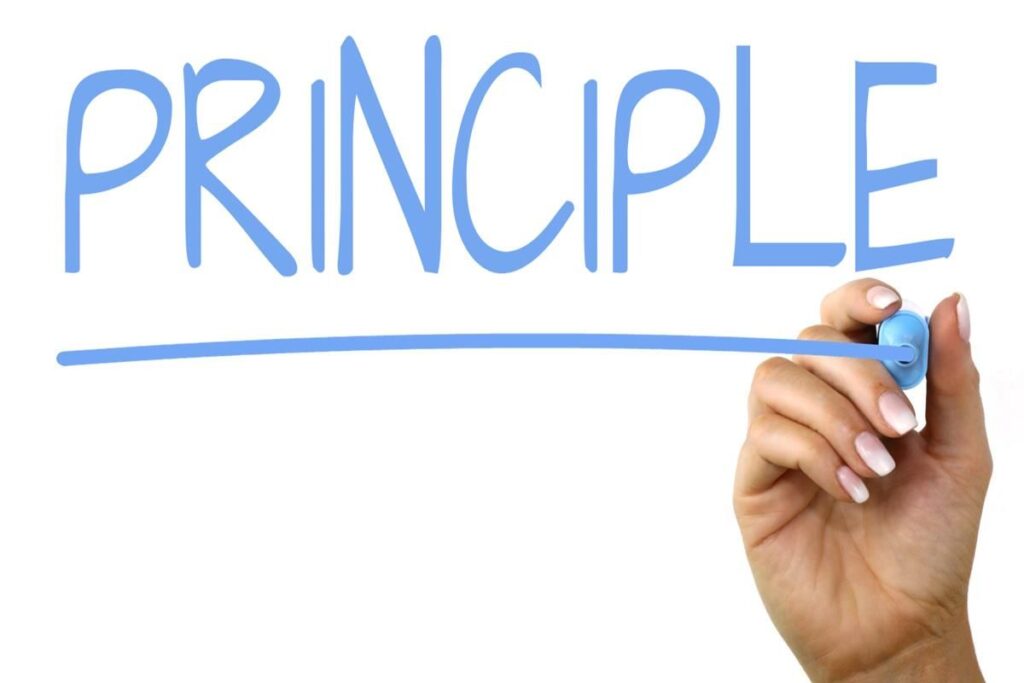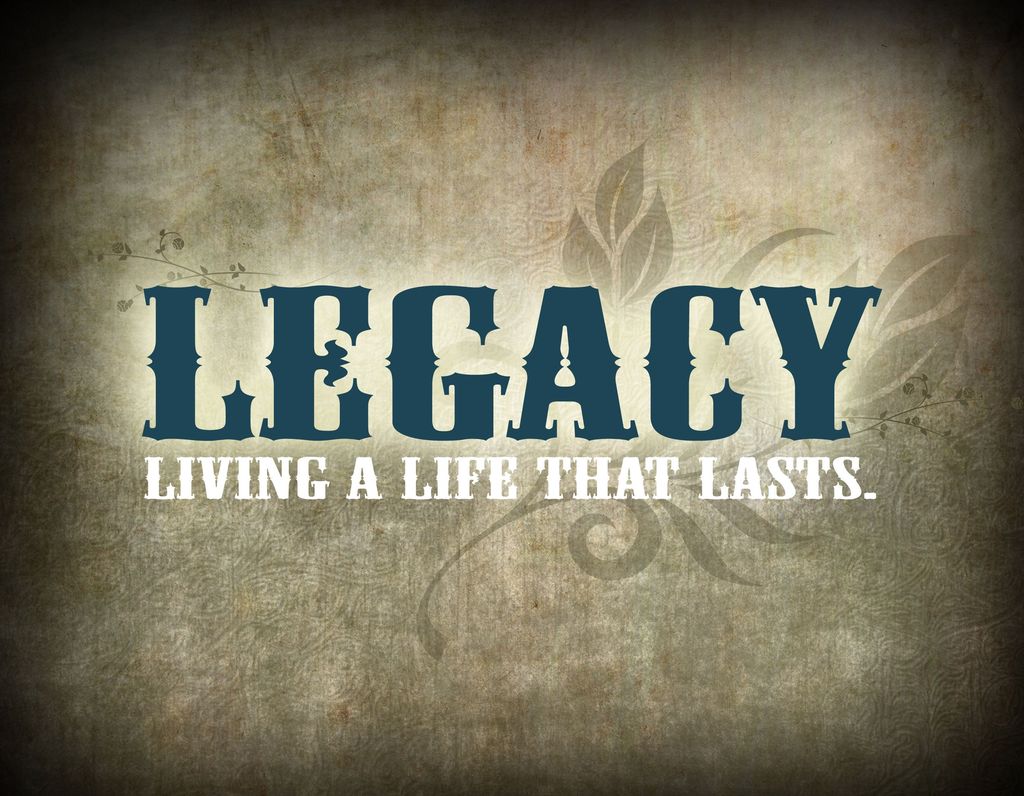The news of Ruth Paine’s passing on August 31, 2025, at the age of 92 in Santa Rosa, California, marked the quiet closure of a life lived in the long, inescapable shadow of one of America’s most profound national traumas. For over six decades, Ms. Paine remained inextricably linked to the assassination of President John F. Kennedy, not as a direct participant in the violence, but as an unwitting, yet crucial, tangential figure whose acts of humanitarian kindness placed her at the very epicenter of the unfolding tragedy. Her name became a fixture in historical accounts, perpetually tethered to Lee Harvey Oswald and his Russian-born wife, Marina.
Thomas Mallon, author of “Mrs. Paine’s Garage,” eloquently summarized her unique position, noting, “She knew more about the Oswalds’ movements and moods in the months prior to the assassination than anyone else did.” This sentiment underscores the extraordinary circumstances that thrust an otherwise ordinary woman, a teacher and a mother rooted in deep Quaker faith, into the glaring spotlight of history. This in-depth exploration will delve into the foundational aspects of Ruth Paine’s life, examining the principles and personal circumstances that shaped her before the fateful encounter with the Oswalds, tracing the trajectory that irrevocably altered her existence and cemented her place in American history.

1. Ruth Paine’s Enduring Legacy and the Final Chapter
Ruth Paine’s death at 92, confirmed by her son, Chris Paine, occurred in a Quaker retirement village in Santa Rosa, Calif. Her passing on August 31, 2025, just three days shy of her 93rd birthday, brought forth reflections from those who understood the profound and difficult role she played in the aftermath of the Kennedy assassination. The city of Irving, Texas, acknowledged her as a “central figure” and “key Warren Commission witness,” emphasizing her unwavering dedication to clarifying her role in history.
Thomas Mallon, who knew Ruth for three decades, shared via email that Ms. Paine “truthfully recounted her experience to government investigators, scholars and — in my case — someone who wanted to write about how she dealt with the personal pain of the ordeal.” He noted that she faced “virulent scorn from a host of online fanatics and fantasists who preferred wild accusation to demonstrable truth,” yet met this with “patience, strength and honesty.” Her daughter, Tamarin Laurel-Paine, added that her mother’s willingness to speak out stemmed from “the notion that she was just there to be witness to what she knew of history and she would do it for any serious inquiry.”
Ms. Paine herself acknowledged the “enormous impact” the assassination had on her life, yet she was resolute that it did not “govern her life.” This resolve allowed her to continue “the energetic good works demanded by both her Quaker faith and her own sense of what a well-lived time on Earth required,” according to Mallon. Her passing serves as a poignant reminder of the ripple effects of historical events, forever linking an individual’s personal narrative to the broader sweep of national memory.

2. Formative Years and the Quaker Ethos
Born Ruth Avery Hyde on September 3, 1932, in Manhattan, Ruth Paine’s early life laid the groundwork for the principled woman she would become. After graduating in 1955 from Antioch College in Yellow Springs, Ohio, with a bachelor’s degree in elementary and secondary education, she began her career teaching physical education at Germantown Friends School in Philadelphia. It was during her studies at Antioch that she began to follow Quaker principles, a path that profoundly shaped her worldview and actions.
Her deep Quaker faith instilled in her a commitment to pacifism, ethical living, and social justice, influences also present in her family’s progressive ideals. Her son, Chris Panym, described his mother as a “pacifist and a believer in reincarnation,” and a “model for me in ethical living.” These core beliefs manifested throughout her life in various forms of advocacy, including her support for civil rights and organizations like the American Civil Liberties Union.
Later, she became known for her repeated efforts to avoid paying federal taxes connected to military spending, identifying as one of a group who protested “the part of the federal budget that funds war and militarism.” Such actions, which often led to audits, clearly demonstrate the strength of her convictions and her innate desire to help others. This deep-seated moral framework would inevitably influence her decisions and interactions, particularly her impulse to offer aid to those she perceived as vulnerable, an impulse that would lead her down an unforeseen path.

3. Establishing a Household: Marriage and Texas Relocation
Ruth Hyde met Michael Paine at a folk dance, and they married in 1957, settling in Irving, a suburb of Dallas, in 1959 when Michael was hired as an engineer by Bell Helicopter. This move placed Ruth in the heart of North Texas, a geographic detail that would later prove to be of immense historical significance. By 1963, the Paine household was undergoing a period of transition, with Ruth raising two children while amicably separated from her husband.
Michael Paine lived elsewhere, meaning Ruth navigated life as a single mother. This personal circumstance, though common, contributed to a sense of loneliness and a potential openness to forming new connections, particularly with other mothers facing similar challenges. As a 30-year-old homemaker with two young children, companionship and a sense of shared experience held considerable value for her.
This period of personal flux, combined with her innate desire to help others, set the stage for the dramatic events that would soon unfold. It would pull her into a national narrative far grander and more somber than her quiet suburban life could have ever suggested, all stemming from her presence in a particular Dallas suburb at a specific moment in time.

4. The Unforeseen Introduction: Encountering the Oswalds
The convergence of Ruth Paine’s life with that of Lee Harvey Oswald and his wife, Marina, occurred at a party in Highland Park, Dallas County, on February 22, 1963. Ms. Paine had anticipated this gathering, specifically because she had been told that Mr. Oswald, an American who had spent time in the Soviet Union, would be present with his Soviet-born wife. Her motivation was not political but deeply personal and intellectual.
For several years, Ms. Paine had been diligently studying Russian, and the party presented a unique opportunity to practice her conversational skills with a native speaker. This genuine interest in bridging cultural divides formed the initial, innocent basis for her interaction with the Oswalds, an interaction that would soon become pivotal. During the party, Ms. Paine quickly formed distinct impressions of the couple.
Mr. Oswald, she observed, “really enjoyed being the center of attention,” a trait that did not impress her. Her focus gravitated instead to Mrs. Oswald, as she “wanted to see if I could talk with her, if we could communicate.” This immediate desire for a more meaningful, human connection with Marina, rather than the performative presence of Lee, proved prophetic, as her relationship with Marina would deepen considerably. This seemingly mundane social event became the unlikely starting point for a relationship that would place Ruth Paine squarely in the crosshairs of a national tragedy.

5. A Friendship Blossoms: Ruth’s Connection with Marina
Despite a decade-long age difference, Ruth, a 30-year-old homemaker, and Marina, then in her early twenties, quickly developed a warm friendship. This bond was forged in a crucible of shared loneliness and vulnerability. Ruth, separated from her husband, and Marina, who spoke no English, had one daughter and was pregnant with her second, both found solace in each other’s company in suburban Dallas.
Marina’s isolation was particularly acute as a recent immigrant with no grasp of English, further complicated by her “tempestuous relationship” with Lee Harvey Oswald. In Ms. Paine’s view, Marina was a “vulnerable young woman” who deeply appealed to her “religiously inspired impulse to help people.” This humanitarian drive, rooted in her Quaker faith, became a powerful motivator for extending genuine care and support, quickly transforming into a “familial love.”
Tamarin Laurel-Paine noted that the two bonded as “new mothers seeking companionship,” and Ruth saw it as a chance for them to “help raise each other’s children.” This phase-of-life commonality deepened their connection, making the friendship a significant source of support. It alleviated the solitude each woman experienced, particularly Marina, who relied heavily on Ruth’s kindness and assistance in navigating her new, challenging environment.

6. An Open Home: The Lodging Arrangement for Marina
Fueled by her growing affection and concern for Marina, Ruth Paine extended a remarkably generous offer: Marina and her children could stay rent-free at her modest ranch-style house in Irving. This arrangement was designed to be mutually beneficial, a practical solution for Marina’s precarious living situation and an opportunity for Ruth to continue her Russian language studies, with Marina performing light housework in return.
Marina Oswald initially lived with Ms. Paine for two weeks in May 1963, before Ruth drove her to New Orleans to rejoin Lee Harvey Oswald. However, their struggles persisted, and by late September, Ms. Paine again brought Mrs. Oswald back to Irving. This second return cemented a longer-term arrangement, providing Marina with much-needed stability as she awaited the birth of her second daughter, who arrived in October.
The open invitation reflected Ruth Paine’s profound commitment to assisting Marina, embodying an act of pure altruism born from her Quaker principles and personal connection. Her home became a sanctuary, shielding Marina and her children from the instability of Lee Harvey Oswald’s transient existence. This shared daily life in the Irving home meant Ruth had an unparalleled vantage point into the Oswalds’ lives, making her an invaluable, albeit accidental, witness to the subtle yet significant undercurrents leading up to the national tragedy.

7. The Shadow in the House: Lee Harvey Oswald’s Demeanor
While Ruth Paine offered a warm, supportive environment to Marina, her impressions of Lee Harvey Oswald were starkly negative and consistent. She viewed him as “sullen and unfriendly,” a stark contrast to her burgeoning familial affection for his wife. His presence in her home, typically on weekends, did little to alter this assessment, reinforcing a perception of a difficult and unengaging individual.
A significant point of observation for Ruth was Lee’s deliberate control over Marina’s assimilation. He “wouldn’t let his wife learn English,” a decision Ms. Paine understood as increasing Marina’s isolation in a foreign land. This act of suppression not only hindered Marina’s independence but also exemplified Lee’s difficult and controlling nature within their turbulent relationship, which was characterized by constant bickering.
Lee Harvey Oswald’s living situation further illustrated his erratic nature; while Marina and the children were settled at Ruth’s home, he lived in a rooming house in Oak Cliff during weekdays, joining them only on weekends. This itinerant lifestyle and his difficult temperament, closely observed by Ruth Paine, form an integral part of the context leading up to the monumental events of November 1963, bringing him into proximity with the unassuming garage that would soon hold a devastating secret.

8. The Fateful Discovery: The Rifle in the Garage
The chilling realization of the assassination’s immediate connection to Ruth Paine’s home began on November 21, 1963, with an unexpected visit. Lee Harvey Oswald, who usually appeared only on weekends, arrived on a Thursday evening. During this visit, he played with Ruth’s son, Chris, and, more significantly, retrieved the Mannlicher-Carcano rifle he had carefully hidden within a rolled-up green and brown blanket in the garage. He then departed for work the next morning, carrying with him the very weapon the Warren Commission would later identify as the murder instrument.
Ruth Paine, remarkably, remained oblivious to the deadly secret concealed within her garage. She had testified that she would simply step around the rolled-up blanket, never suspecting its sinister contents. However, others were not so unaware. Marina Oswald confirmed to the commission that she had known about the rifle, having unrolled the blanket and seen the weapon two weeks before the assassination. Even Michael Paine, Ruth’s husband, was aware of the rifle, likely from a photograph of Oswald holding it.
This stark disparity in knowledge created a profound sense of anguish for Ruth. Her son, Chris Paine, later reflected on his mother’s regret: “I think what she regrets,” he said, “is that my father didn’t tell her about Lee having a gun.” This hidden truth, just inches from her daily life, underscored the immense personal tragedy of her unwitting involvement, transforming a simple act of charity into a deep historical entanglement with devastating consequences.

9. Day of Reckoning: November 22, 1963
The ordinary afternoon of November 22, 1963, dissolved into chaos at Ruth Paine’s house, irrevocably altering her life and the nation’s trajectory. When news bulletins flashed across the television screen, announcing President Kennedy had been shot, Ruth performed the grim task of translating the newscaster’s words into Russian for Marina Oswald. The gravity of the situation deepened immeasurably when a subsequent report pinpointed the Texas School Book Depository as the source of the shots.
Upon hearing this, Marina said nothing aloud, but her actions spoke volumes. She “furtively checked the blanket roll in the garage,” as chronicled by historian William Manchester. Believing the blanket still contained the rifle, Marina whispered to herself, “Thank God.” This private moment of relief, predicated on a misunderstanding of the rifle’s continued presence, quickly gave way to the horrifying truth as law enforcement descended upon the Paine residence.
In the immediate aftermath of the assassination, local officers swarmed the house, meticulously examining the garage. There, they found the blanket — now empty. Despite Ms. Paine’s later recollection that they lacked a warrant, officers proceeded to pack up the belongings of both Ruth and Marina, then transported the two women to a Dallas police station for questioning. This sudden, invasive intrusion marked the brutal end of their quiet suburban life and the beginning of their inescapable connection to a national trauma.

10. Witness to History: The Warren Commission Testimony
In the ensuing investigation, Ruth Paine emerged as an unwilling but undeniably central figure, her meticulous observations and unwavering commitment to truth making her a pivotal witness for the Warren Commission. She answered an astonishing number of questions—over 5,000—a figure that dwarfed the average of fewer than 300 questions posed to other witnesses. Her testimony was not merely extensive but remarkably consistent, providing invaluable insights into the Oswalds’ lives in the months leading up to the assassination.
Thomas Mallon, who studied Ms. Paine’s experience closely, emphasized her dedication to candor. He noted that she “truthfully recounted her experience to government investigators, scholars and — in my case — someone who wanted to write about how she dealt with the personal pain of the ordeal.” This commitment to factual accuracy, even under immense pressure, distinguished her among the multitude of individuals swept into the inquiry. Her steadfastness was a testament to her inherent integrity and Quaker principles.
Ms. Paine’s daughter, Tamarin Laurel-Paine, echoed this sentiment, explaining that her mother’s willingness to speak out stemmed from “the notion that she was just there to be witness to what she knew of history and she would do it for any serious inquiry.” Ruth Paine viewed herself not as a protagonist, but as a vessel for historical truth, recognizing the profound responsibility that had been thrust upon her. Her detailed accounts became a bedrock for the Commission’s conclusions, shaping the official narrative of one of America’s most pivotal events.

11. Confronting the Scrutiny: Conspiracy Theories and Resilience
Ruth Paine’s unique position at the nexus of the Oswalds’ lives made her an inevitable target for the swirling currents of conspiracy theories that followed the Kennedy assassination. She faced “virulent scorn from a host of online fanatics and fantasists who preferred wild accusation to demonstrable truth,” as noted by Thomas Mallon. Some outlandish theories even painted her as a C.I.A. asset, implying she deliberately set up Oswald or played a more sinister role than she acknowledged.
Despite the persistent and often vicious attacks, Ms. Paine maintained an extraordinary level of equanimity. Her son, Chris Paine, explained that she simply “ignored the theories,” developing “litmus tests” to discern genuine inquiry from conspiratorial badgering. If an individual veered into speculative territory, she would politely “bypass” them, conserving her energy for serious historical investigation rather than engaging with baseless accusations.
Thomas Mallon admired her remarkable fortitude, observing that she “braved this very, very well, very politely always and I think that that took real strength of character.” Ruth Paine firmly believed in the Warren Commission’s conclusion that Lee Harvey Oswald acted alone, a conviction she held steadfastly until her final days. Her refusal to be swayed by the cacophony of alternative narratives underscores her deep commitment to the truth as she experienced it, providing a consistent, grounded perspective amidst pervasive speculation.

12. A Life Beyond Dallas: Post-1963 Career and Education
While the Kennedy assassination undeniably cast a long shadow over Ruth Paine’s life, she adamantly refused to let it define her. As Thomas Mallon noted, she was “resolute about making sure that they did not define it.” In the years that followed 1963, Ms. Paine embarked on a diverse and impactful professional journey, demonstrating her unwavering dedication to education and service.
Her career included serving as the director of a Montessori school in Texas, where she applied child-centered teaching methods, and later becoming the principal of a Quaker school in Philadelphia. This dedication to fostering educational environments for children was a consistent thread throughout her life, reflecting her Quaker values and inherent desire to nurture growth and learning.
Furthering her commitment to education, Ruth Paine pursued and received a master’s degree in school psychology from the University of South Florida in 1980. She then worked for many years as a school psychologist in Florida, applying her expertise to support students. Her daughter, Tamarin Laurel-Paine, also highlighted her mother’s “bold” decision to take her children out of school for a year to sail from the Chesapeake Bay to St. Petersburg, Florida. This unique experience profoundly shaped her son, exemplifying a life lived fully and purposefully beyond a single tragic event.

13. Quaker Principles in Action: Activism and War Tax Resistance
Throughout her life, Ruth Paine remained a steadfast embodiment of her deeply held Quaker principles, translating her faith into concrete acts of social justice and pacifism. Her commitment extended beyond her professional roles, manifesting in various forms of activism. She served as a clerk and coordinator with ProNica, a grassroots Quaker organization dedicated to helping Nicaraguan people, demonstrating a global consciousness and a practical approach to aiding those in need.
Perhaps one of the most striking examples of her principled stand was her repeated refusal to pay portions of her federal taxes that funded “war and militarism.” Identifying with a group of war tax resisters, she consciously diverted these funds, often leading to government audits. Lincoln Rice, coordinator of the National War Tax Resistance Coordinating Committee, affirmed that she also “provided guidance for others in her area interested in war tax resistance,” underscoring her role as both a participant and a mentor in this form of peaceful protest.
Her advocacy also encompassed broader issues of civil rights, with her active support for organizations like the American Civil Liberties Union. These consistent actions, from challenging military spending to championing civil liberties, painted a clear picture of a woman whose moral compass guided her every decision. Ruth Paine’s life was a testament to the power of conviction, proving that even in the face of personal hardship, one can continue to pursue “the energetic good works demanded by both her Quaker faith and her own sense of what a well-lived time on Earth required.”

14. Preserving the Past: The Ruth Paine House Museum
In a remarkable testament to her inadvertent, yet undeniable, place in history, Ruth Paine’s former home at 2515 West Fifth Street in Irving, Texas, was transformed into the Ruth Paine House Museum in 2013. The city of Irving, recognizing its historical significance, purchased the property in 2009 and meticulously restored it to its 1963 appearance, offering visitors an immersive glimpse into the setting where history briefly intersected with an ordinary suburban life.
The museum employs innovative multimedia elements, including videos projected onto glass panes where actors portray the Paines and the Oswalds, bringing the past to life. This thoughtful approach allows visitors to contextualize the events leading up to the assassination within the intimate domestic spaces where much of the drama unfolded. It serves as a powerful educational tool, preserving a vital piece of history for future generations, as articulated by Irving Mayor Rick Stopfer.
Even Ruth Paine herself, in 2023, visited the museum that once was her home. During an interview, she was asked about the infamous blanket that once concealed the rifle in her garage. Her poignant response, “We were so close to discovering what was going on — and didn’t,” encapsulated the tragic irony of her situation. The museum stands not just as a monument to a pivotal moment, but as a continuous space for reflection on the profound implications of individual actions and omissions within the grand sweep of history.

15. An Enduring Legacy: Steadfast Witness to History
Ruth Paine’s passing at 92 marked the end of a life lived with extraordinary grace and resilience under the relentless gaze of history. Though indelibly linked to one of America’s most traumatic events, she never allowed it to “govern her life,” as Thomas Mallon aptly observed. Instead, she chose a path of unwavering commitment to truth and service, becoming an enduring symbol of integrity amidst a maelstrom of speculation.
Her daughter, Tamarin Laurel-Paine, expressed profound admiration for her mother’s courage, noting, “She had adopted the notion that she was just there to be witness to what she knew of history and she would do it for any serious inquiry.” This steadfast dedication to sharing her experience, without embellishment or agenda, cemented her role as a crucial purveyor of facts in a narrative often clouded by doubt. Max Good, director of a documentary featuring Ruth, recognized her as “the most important living witness besides Marina Oswald,” highlighting the irreplaceable value of her perspective.
Ultimately, Ruth Paine’s legacy is defined by her quiet strength, her deep-seated Quaker faith, and her unwavering pursuit of peace, fairness, and “unconditional acceptance.” She continued to embrace life, finding joy in singing, dancing, and nature documentaries, even organizing movie nights in her retirement community. Her life serves as a powerful reminder that ordinary individuals, thrust into extraordinary circumstances, can face immense pressure with patience, strength, and honesty. This leaves behind a testament to the enduring power of personal conviction in the face of overwhelming historical forces.
Read more about: From Grit to Glory: John Wayne’s 11 Western Masterpieces That Defined a Legend
As the curtain falls on Ruth Paine’s remarkable life, her story stands as a profound testament to the quiet strength of an individual caught in the whirlwind of history. She navigated decades of scrutiny with an unyielding commitment to truth, embodying the very essence of witness. Her legacy is not merely one of proximity to tragedy, but of resilience, principled living, and an enduring human spirit that refused to be consumed by the shadows of the past. Her voice, clear and unwavering, will continue to resonate, offering an invaluable perspective on a moment that reshaped a nation and a life that transcended its confines.



